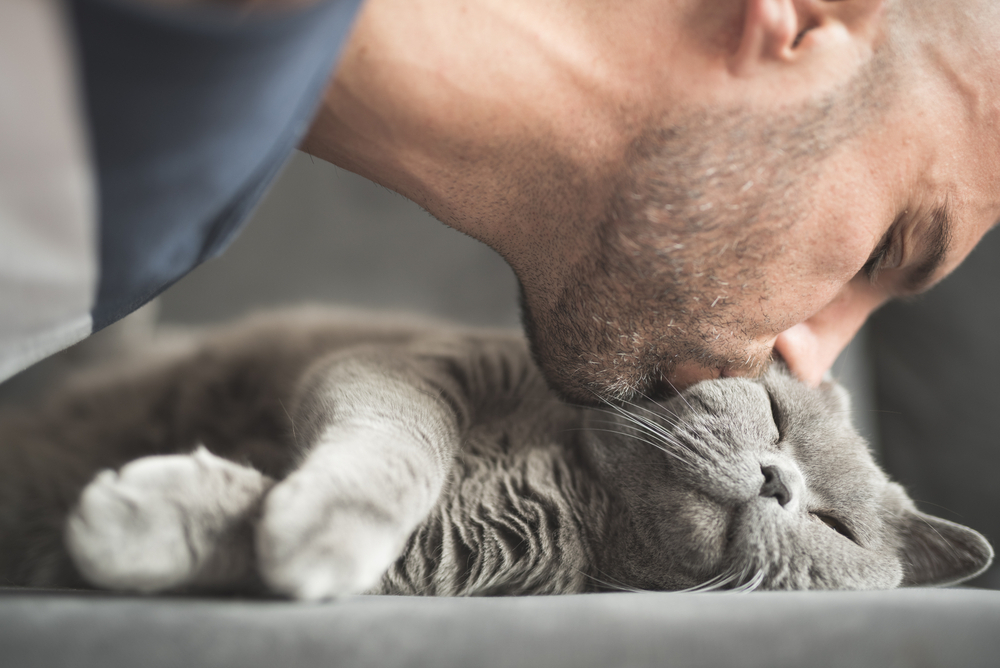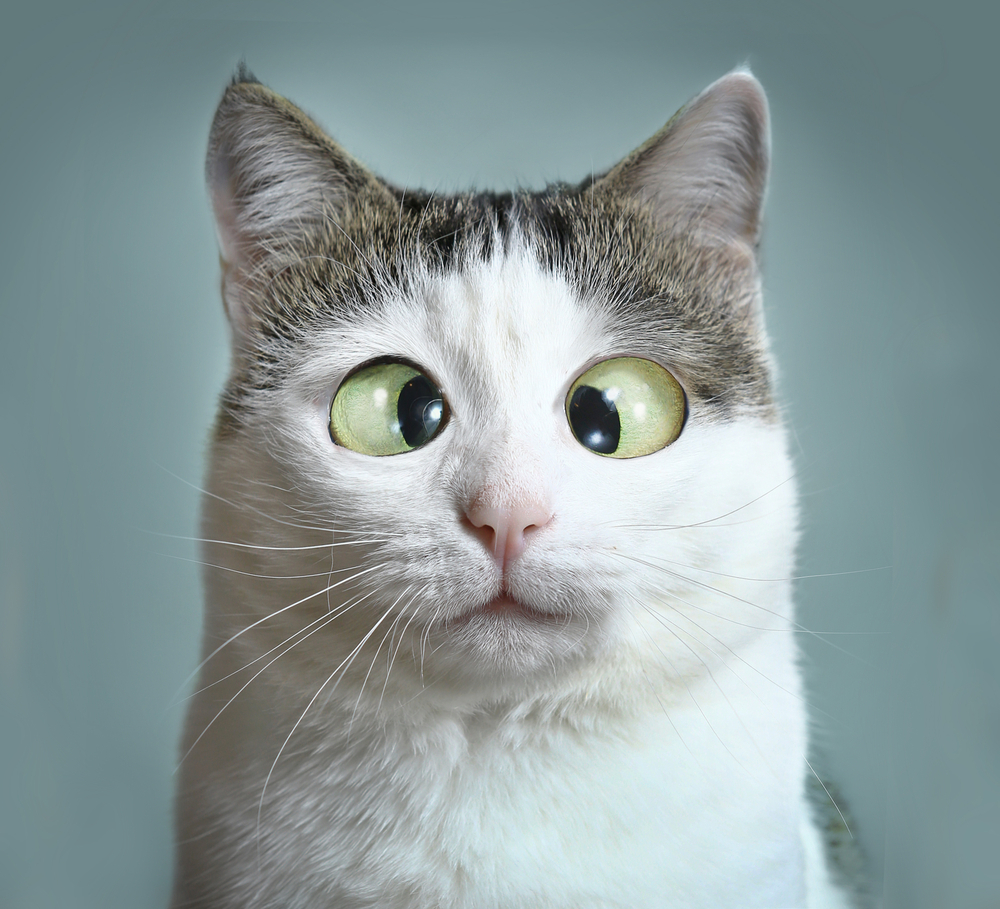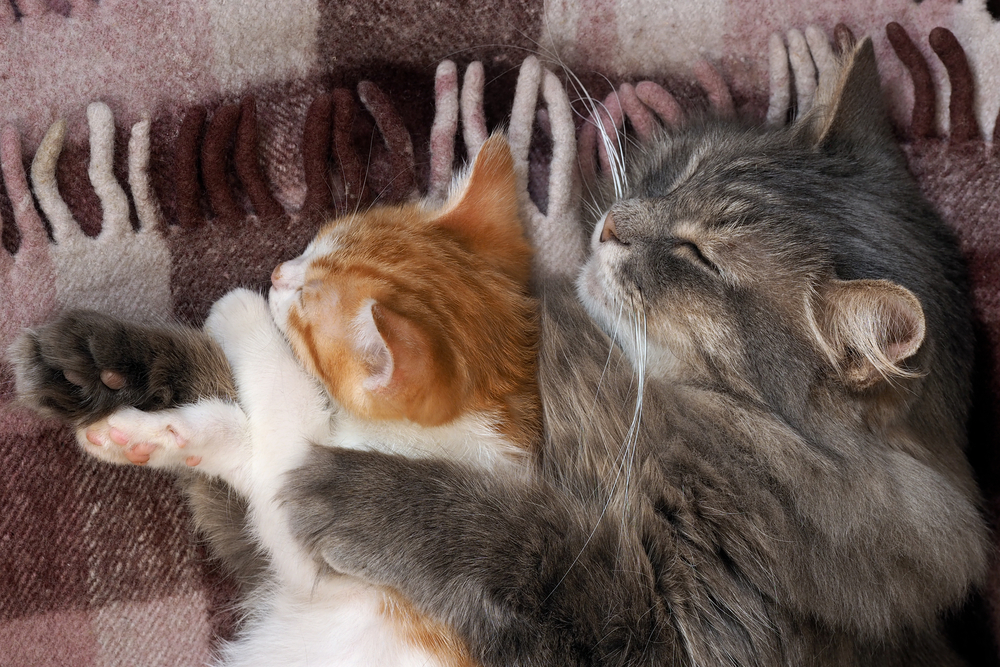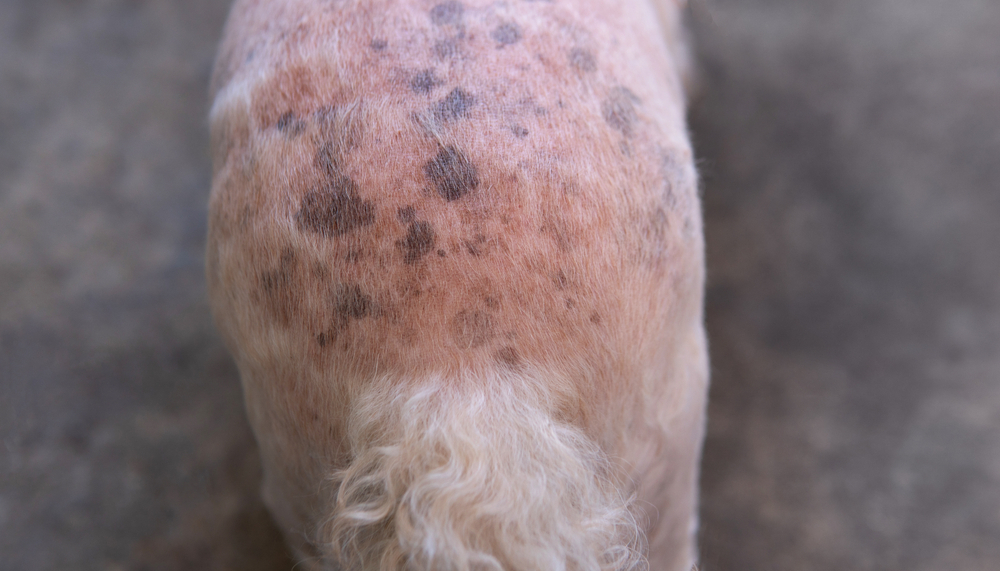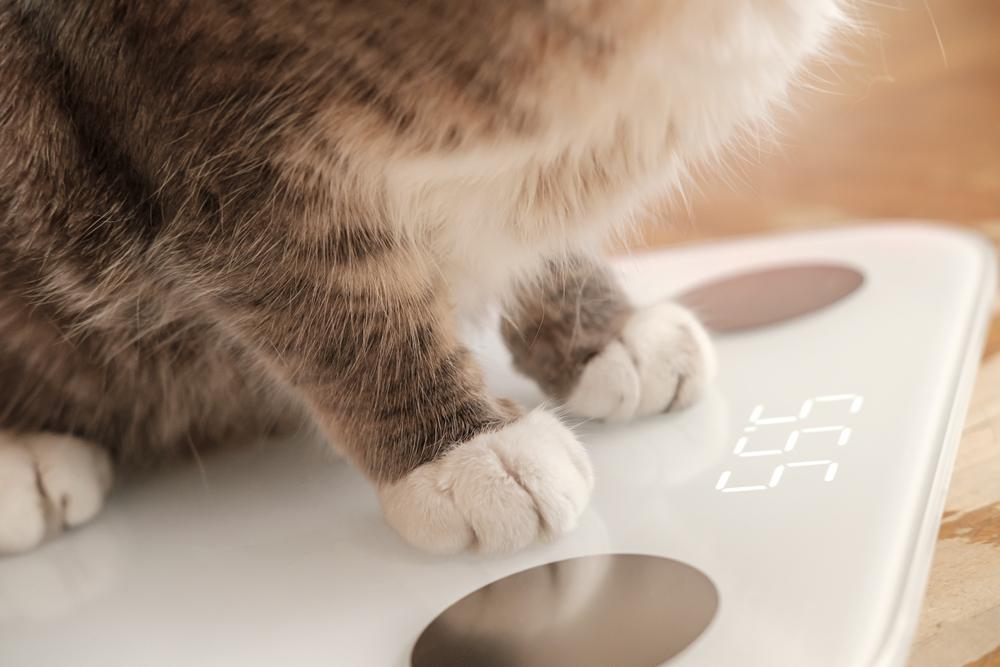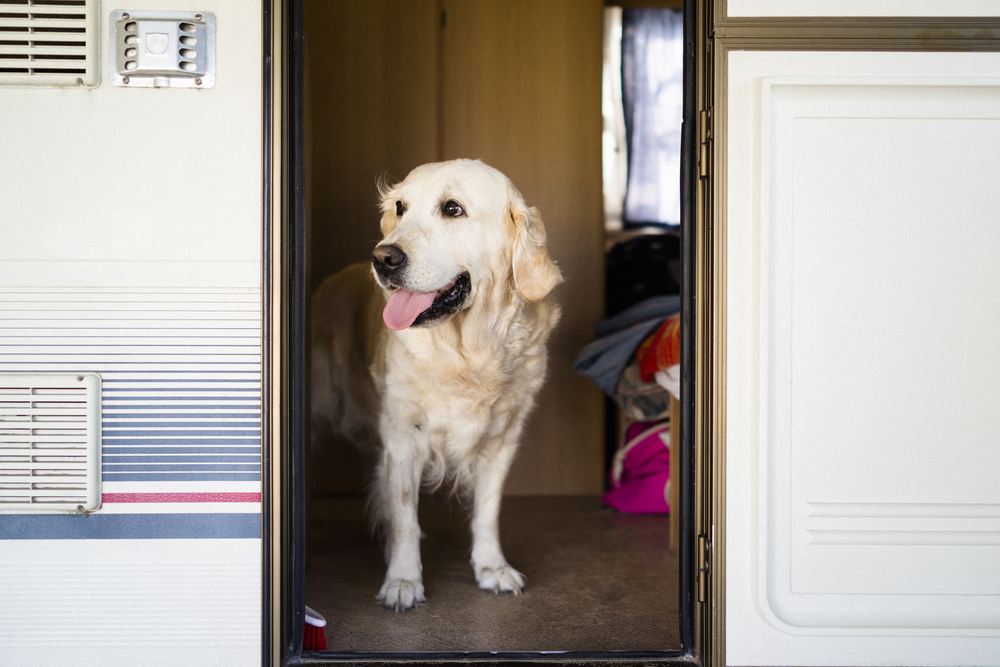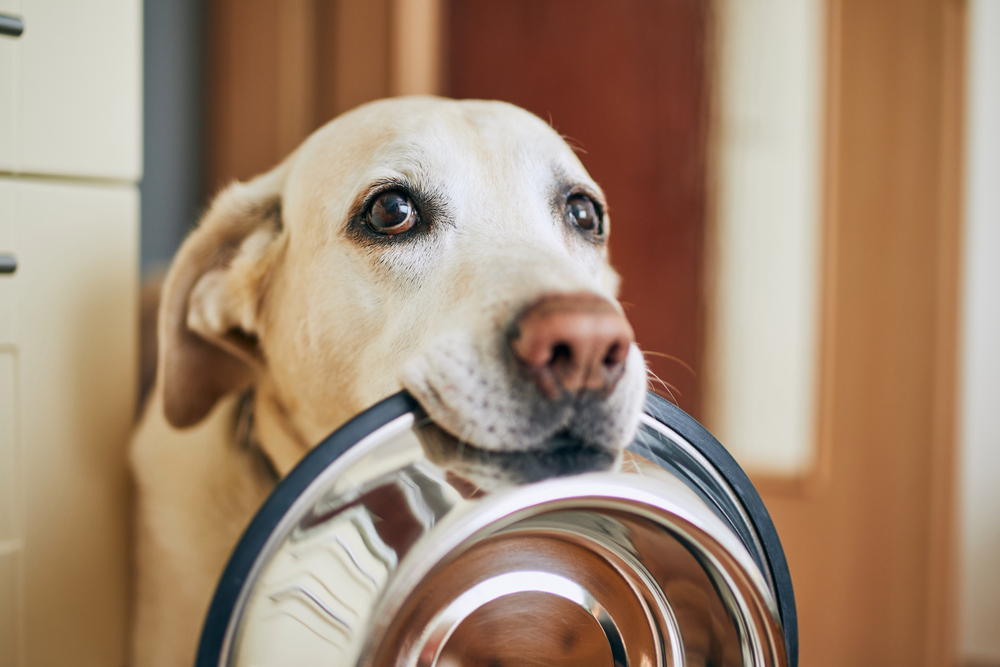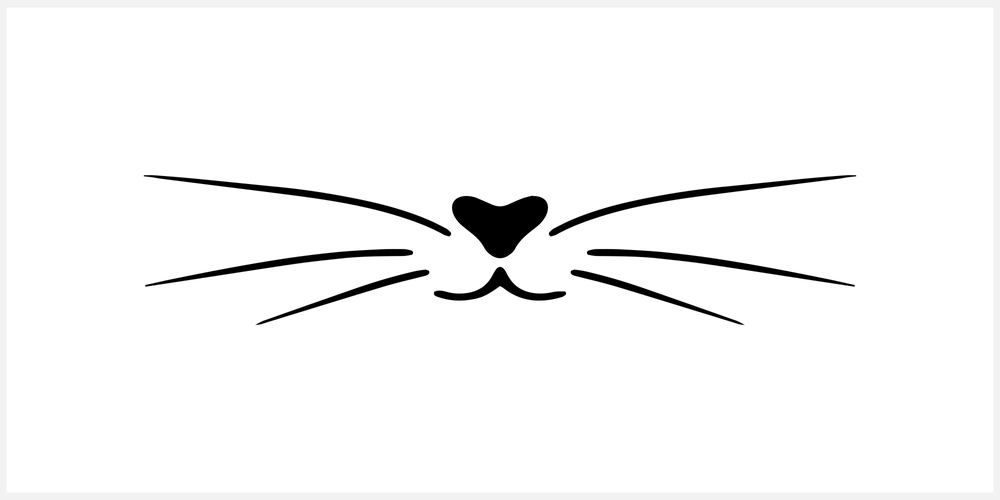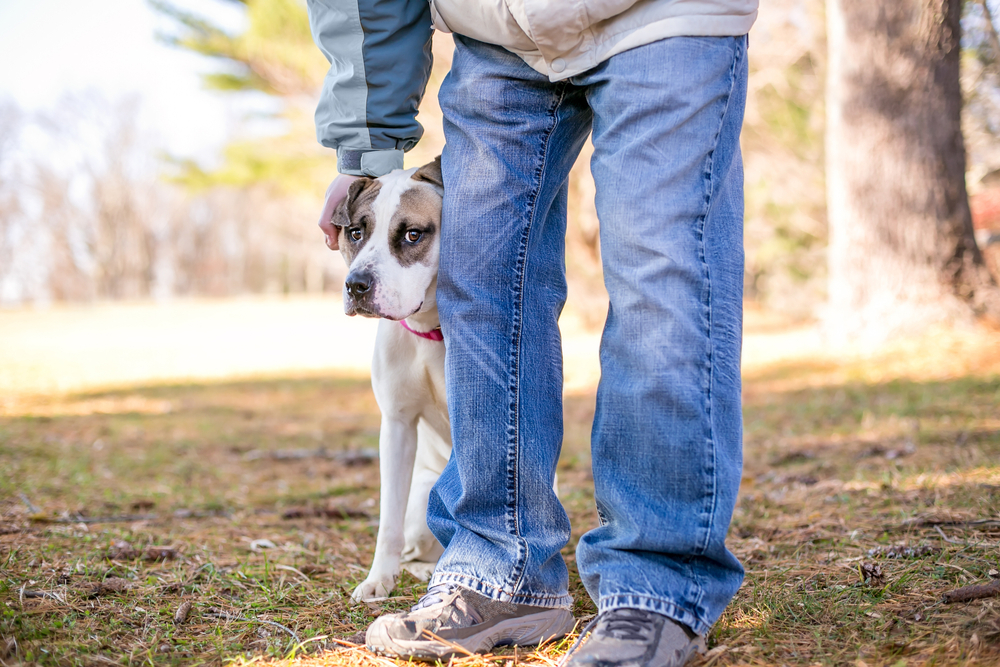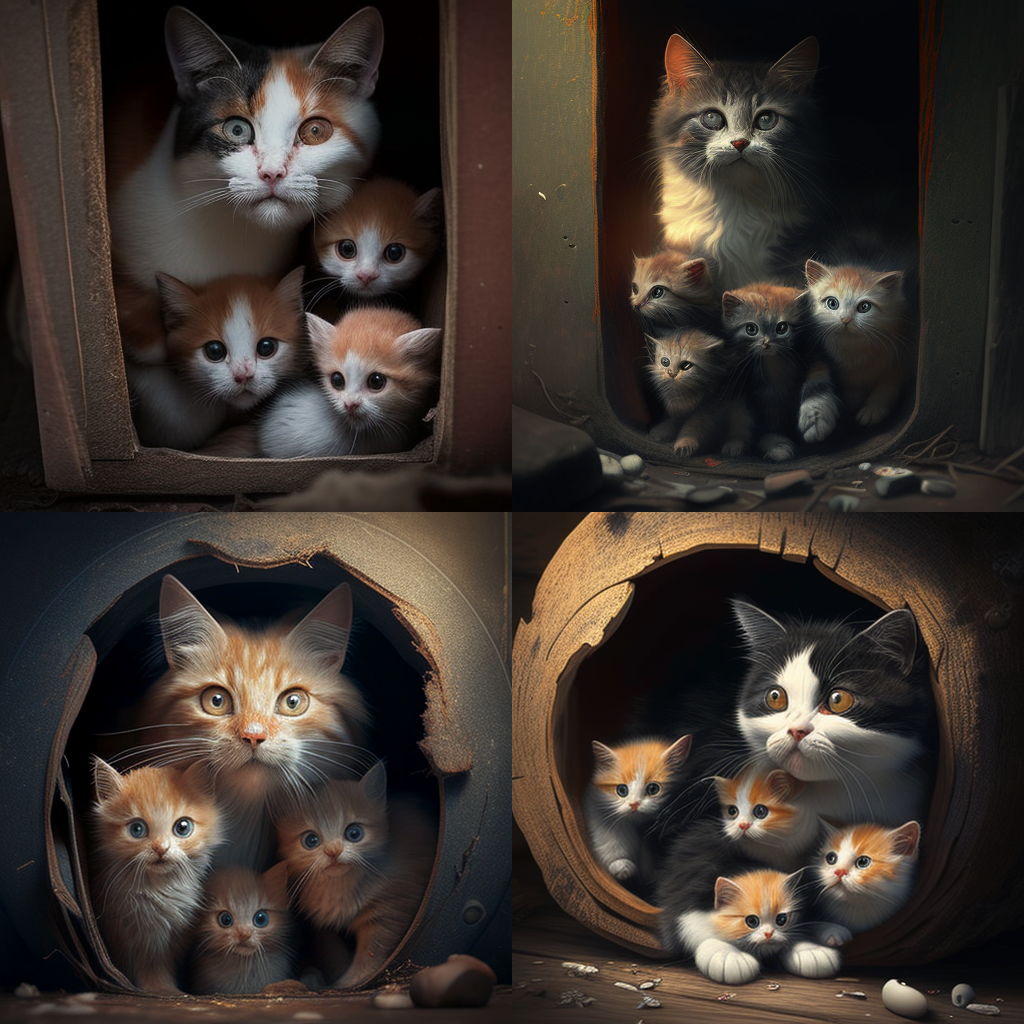Destructive Scratching – Why Do Cats Scratch?
By  Olivia Moore |
Last updated: Apr 27 2023
Olivia Moore |
Last updated: Apr 27 2023
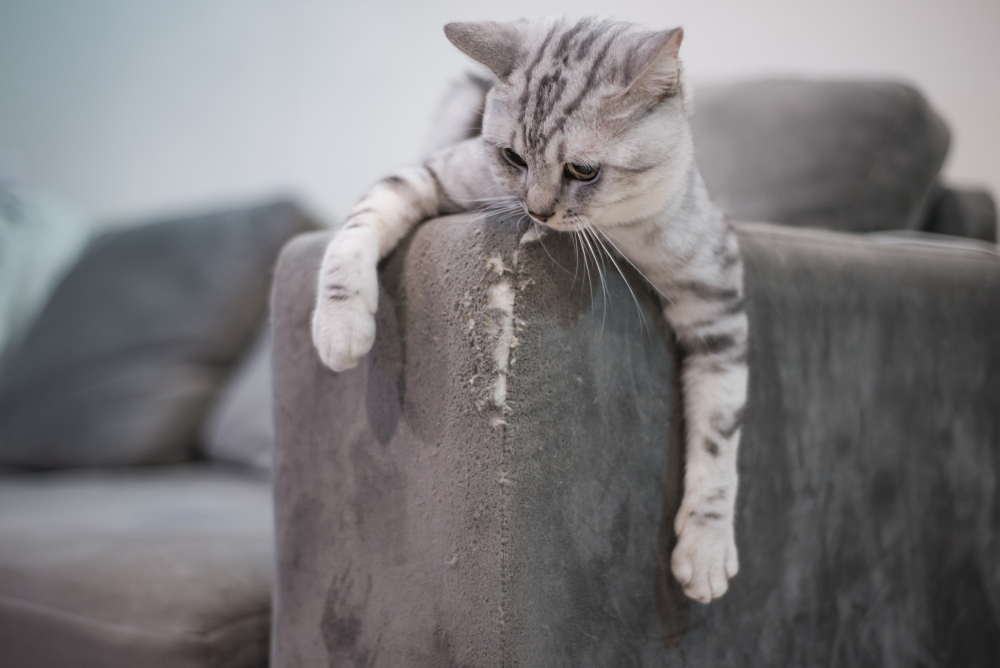
Destructive scratching – a common yet frustrating behavior exhibited by our feline friends. But why do cats scratch? Delve into the fascinating world of cat psychology as we explore the reasons behind this instinctual behavior, from territorial marking to stress relief. Discover how understanding your cat’s motivations can help you effectively manage and redirect their destructive tendencies, ensuring a harmonious coexistence with your beloved furry companion.
Related Article: Do Cats Like Kisses? Debunking the Myth – 6 Tips and Techniques
Cats like to scratch as scratching is a cat’s normal behavior. Being a pet owner, you must have seen your cat scratching while playing or stretching. Cats scratch to express their emotions like excitement and stress. However, a cat may scratch to mark its territory, give a threatening signal to other cats, or mark any object with its scent. The most important reason behind a cat’s destructive scratching is to sharpen its claws and remove the dead outer layer of its claws and dead parts from its nails. Or sometimes a cat just wants to get a good scratch.
This scratching can cause harm to your little pet itself, as well as to the furniture, carpeting, and drapes. But your cat doesn’t have any concept of right or wrong; they only think about fulfilling their needs. So completely stopping a cat from scratching is unrealistic; however, you can resolve the issues that lead your cat to destructive scratching.
How To Stop Your Cat's Destructive Scratching Habit?
As a pet owner, you should do something best for you and your little furry friend. The best thing you can do about your cat's destructive scratching is not to try to stop her from scratching but to teach your cat where she should scratch and where she should not. So the goal is to redirect the scratching onto good spots, surfaces, and objects.
9 Solutions Of Destructive Scratching
The following are the preventive measures you can do to stop your cat from scratching:
1Provide Your Cat Variety Of Scratching Post:
Most cats like to scratch on tall and sturdy surfaces so that their nails can dig into them and get a good grip. So now you might have understood why a cat scratches furniture? Some cats also like to scratch corrugated cardboard.
So you should bring various scratching posts with different surfaces for your cat. You can offer your cat a scratching post made of materials like carpeting, cardboard, sisal, upholstery, and wood.
The shape of the post also matters as some cats prefer horizontal posts, and others might like slanted or vertical posts. So once you know about your cat's preferences, make different scratching posts and put them in various locations in your home.

2Scent Scratching Posts:
You can encourage your cat to investigate the scratching posts by scenting them with catnip. You can also hang toys on your cat's scratching posts and place them where your cat is inclined to climb on them.
![]()
3Place The Scratching Post Where The Cat Wants To Scratch:
The location where the scratching post is placed matters a lot. So if your cat enjoys scratching, a coach places the scratching post there. Or, if your cat likes to scratch the front wall as you come home, place the scratching post near the front door wall.
![]()
4Discourage Inappropriate Scratching:
Till your cat hasn't realized that the new scratching posts are better than scratching the furniture. Until then, discourage inappropriate scratching among your cats by temporarily covering or removing the objects your cats like to scratch. Turn the speakers towards the wall. Put tight fittings sheets on your furniture. Also, use double-sided sticky tape to cover small objects and surfaces where your cat stands to scratch furniture. This will make the surface smooth and sticky, and your cat will not like to dig its claws on such surfaces. You can also place the scratching post next to these places as alternatives.
![]()
5Clip Your Cats Nail:
One of the most important things to stop your cat from destructive scratching is to clip their nails regularly.
![]()
6Put Plastic Caps On Your Cat's Claws:
If your cat continues to scratch any desirable object, you should put plastic caps on your cat's claws. These are special caps and usually last four to six weeks. Because of the adhesive, these plastic caps get attached to your pet's claws. So that your cat cannot damage anything in your home even if she tries to scratch.
![]()
7Call The Expert:
If you need help, just call the experts. A Certified Applied Animal Behaviorist will better guide you.
![]()
8Train Your Cat To Scratch Acceptable Objects:
Bring appealing, attractive, and convenient scratching posts for your cat after demonstrating her preferences.
![]()
9Say "No" To Your Cat:
You can use "No" or any other word phrase to communicate with your cat and stop her from scratching your furniture. Don't scream at her but just say it loudly and clearly as it'll break your cat's focus.
![]()
What You Should Not Do To Prevent Destructive Scratching
Don't Force Your Cat To Use The Scratching Post:
Don't force your cat to drag her claws on the new scratching post. Some people make mistakes as they hold the scratching post and force their little pet to drag their claws on a post; this can frighten your cat. Or after that, she might completely avoid the scratching post, and you too.
![]()
Don't Through Away A Shredded Scratching Post:
Another thing you should be strongly avoiding is throwing away your cat's favorite scratching post. Used posts can appeal to your cat as they look familiar to her. Also, cats enjoy getting their claws into torn and shredded objects.
![]()
Written by
Olivia Moore
Olivia is a freelance writer and pet enthusiast who writes articles on animals to help owners and their pets live their life in the best way. She resides in Australia and is currently doing her master’s degree in wildlife biology. Besides her studies, she has found a new love for working online and writing about animals. She is passionate about creating awareness about pets. Her mission is to write content on their health issues and the best ways to make their pets content. She loves to write about animals of all types but her specialties are dogs, cats, and birds.





